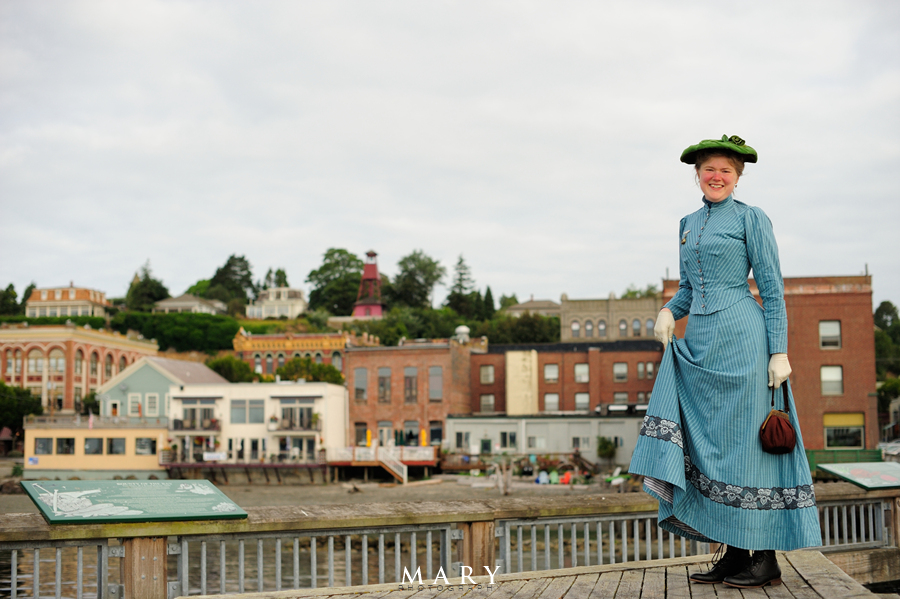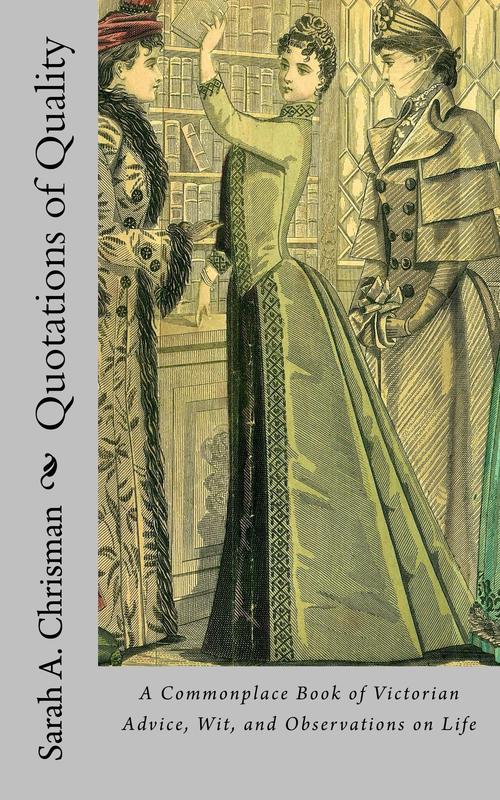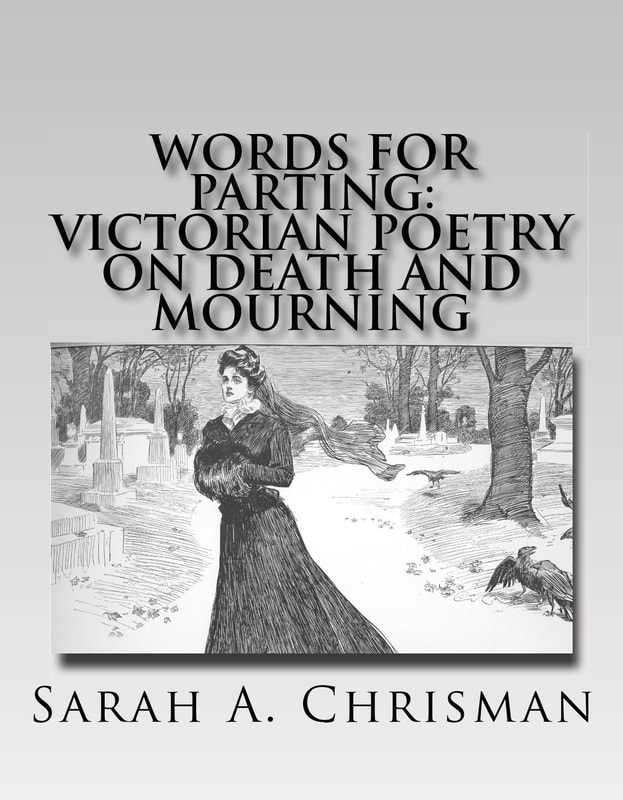Historical Passage
Book a walking tour of Port Townsend
From "Puget Sound," an essay written in 1889 by naturalist John Muir:
"...In two or three hours after leaving Victoria, we arrive at the handsome little town of Port Townsend, situated at the mouth of Puget Sound, on the west side. The residential portion of the town is set on the level top of the bluff that bounds Port Townsend Bay, while another nearly level space of moderate extent, reaching from the base of the bluff to the shore-line, is occupied by the business portion, thus making a town of two separate and distinct stories, which are connected by long, ladder-like flights of stairs. In the streets of the lower story, while there is no lack of animation, there is but little business noise as compared with the amount of business transacted. This in great part is due to the scarcity of horses and wagons. Farms and roads back in the woods are few and far between. Nearly all the tributary settlements are on the coast, and communication is almost wholly by boats, canoes, and schooners. Hence country stages and farmers' wagons and buggies, with the whir and din that belong to them, are wanting.
This being the port of entry, all vessels have to stop here, and they make a lively show about the wharves and in the bay. The winds stir the flags of every civilized nation, while the Indians in their long-beaked canoes glide about from ship to ship, satisfying their curiosity or trading with the crews. Keen traders these Indians are, and few indeed of the sailors or merchants from any country ever get the better of them in bargains. Curious groups of people may often be seen in the streets and stores, made up of English, French, Spanish, Portuguese, Scandinavians, Germans, Greeks, Moors, Japanese, and Chinese, of every rank and station and style of dress and behavior; settlers from many a nook and bay and island up and down the coast; hunters from the wilderness; tourists on their way home by the Sound and the Columbia River or to Alaska or California.
The upper story of Port Townsend is charmingly located, wide bright waters on one side, flowing evergreen woods on the other. The streets are well laid out and well tended, and the houses, with their luxuriant gardens about them, have an air of taste and refinement seldom found in towns on the edge of a wild forest. The people seem to have come here to make true homes, attracted by the beauty and fresh breezy healthfulness of the place as well as by business advantages, trusting to natural growth and advancement instead of restless "booming" methods. They perhaps have caught some of the spirit of calm moderation and enjoyment from their English neighbors across the water [in Victoria.] Of late, however, this sober tranquility has begun to give way, some whiffs from the whirlwind of real-estate speculation up the Sound having at length touched the town and ruffled the surface of its calmness..."
—Muir, John. "Puget Sound." An essay written in 1889 and later published as a chapter in Steep Trails. New York: Houghton Mifflin Company, 1918, pp. 220-221.
"...In two or three hours after leaving Victoria, we arrive at the handsome little town of Port Townsend, situated at the mouth of Puget Sound, on the west side. The residential portion of the town is set on the level top of the bluff that bounds Port Townsend Bay, while another nearly level space of moderate extent, reaching from the base of the bluff to the shore-line, is occupied by the business portion, thus making a town of two separate and distinct stories, which are connected by long, ladder-like flights of stairs. In the streets of the lower story, while there is no lack of animation, there is but little business noise as compared with the amount of business transacted. This in great part is due to the scarcity of horses and wagons. Farms and roads back in the woods are few and far between. Nearly all the tributary settlements are on the coast, and communication is almost wholly by boats, canoes, and schooners. Hence country stages and farmers' wagons and buggies, with the whir and din that belong to them, are wanting.
This being the port of entry, all vessels have to stop here, and they make a lively show about the wharves and in the bay. The winds stir the flags of every civilized nation, while the Indians in their long-beaked canoes glide about from ship to ship, satisfying their curiosity or trading with the crews. Keen traders these Indians are, and few indeed of the sailors or merchants from any country ever get the better of them in bargains. Curious groups of people may often be seen in the streets and stores, made up of English, French, Spanish, Portuguese, Scandinavians, Germans, Greeks, Moors, Japanese, and Chinese, of every rank and station and style of dress and behavior; settlers from many a nook and bay and island up and down the coast; hunters from the wilderness; tourists on their way home by the Sound and the Columbia River or to Alaska or California.
The upper story of Port Townsend is charmingly located, wide bright waters on one side, flowing evergreen woods on the other. The streets are well laid out and well tended, and the houses, with their luxuriant gardens about them, have an air of taste and refinement seldom found in towns on the edge of a wild forest. The people seem to have come here to make true homes, attracted by the beauty and fresh breezy healthfulness of the place as well as by business advantages, trusting to natural growth and advancement instead of restless "booming" methods. They perhaps have caught some of the spirit of calm moderation and enjoyment from their English neighbors across the water [in Victoria.] Of late, however, this sober tranquility has begun to give way, some whiffs from the whirlwind of real-estate speculation up the Sound having at length touched the town and ruffled the surface of its calmness..."
—Muir, John. "Puget Sound." An essay written in 1889 and later published as a chapter in Steep Trails. New York: Houghton Mifflin Company, 1918, pp. 220-221.
If you liked this article you might also enjoy:
Port Townsend, Wash. (1891)
Back to Everyday Life
Back to Historical Articles Index
***
Curiosity piqued?
There's more information about Port Townsend's history in Sarah's non-fiction book, This Victorian Life, and Port Townsend served as the inspiration for the town of Chetzemoka in her historical fiction series, The Tales of Chetzemoka.
Happy reading!
This Victorian Life
In a seaport town in the late 19th-century Pacific Northwest, a group of friends find themselves drawn together —by chance, by love, and by the marvelous changes their world is undergoing. In the process, they learn that the family we choose can be just as important as the ones we're born into. Join their adventures in
The Tales of Chetzemoka
***
Anthologies
A Bouquet of Victorian Roses
***
For words of wit and advice sage,
I hope you'll like my author page!
History lessons, folks who dare,
Please do share it while you're there!
https://www.facebook.com/ThisVictorianLife
If our website has been helpful and you appreciate what we do, please consider making a cash donation. Everything helps, and is appreciated!
Search this website:
***













